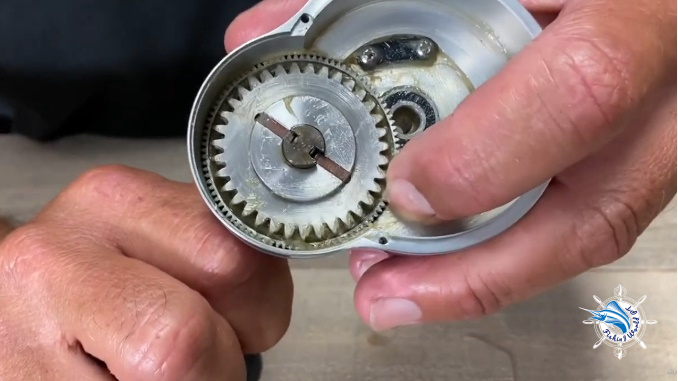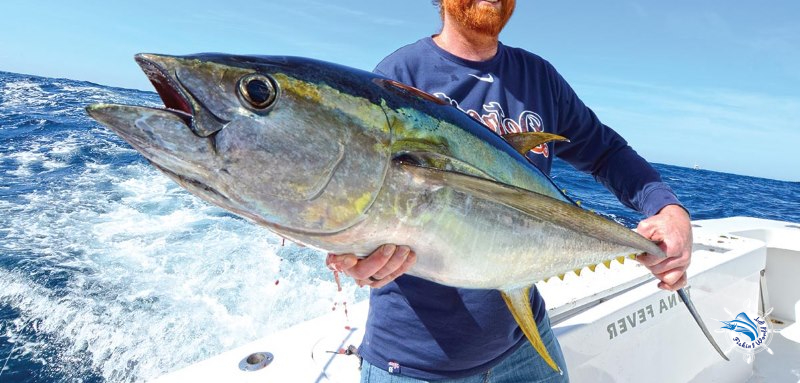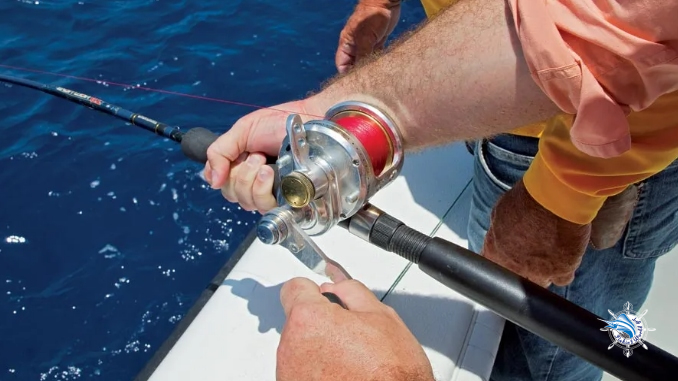Small reels for big fish? Today, one thing I want to introduce is Two-speed reels and the power that’s involved in getting a bigger fish. Basically, if you’re going on a half-day, three-quarter day boat fishing calico bass and bass rock fishing even yellowtail fishing, you don’t need two-speed reels, And if you’re going to go offshore looking for the big tuna. So I say “You need a two-speed reel”.
How does a two-speed reel work? The concept of a two-speed reel is really quite simple — instead of utilizing a single gear set designed to retrieve line at a given speed, a two-speed reel offers two, generally designated as “high” and “low,” which offer anglers more fishing options. It’s similar to a car, when you’re going up a hill, you drop it down to two or even to one and you have an easier time going up.
But if you want more clarity or want more information on this topic, I think you should refer to the article below.
How does a two-speed reel work?
With respect to the trusty old one-speed. For most situations, it is a perfectly suitable fishing tool. Always has been, always will be. But for many years now, saltwater fisherman have been using small and very successful two-speed reels. They hold an important place in a fisherman’s arsenal and can make you a much more efficient fisherman.
Indeed, there’s more to properly using a small, two-speed reel than simply toggling back and forth between gears. Experts say that to effectively use these tools requires a different mindset than the traditional pump-and-wind method of fighting fish. But at its most basic function, a two-speed allows anglers to both rip line in quickly and battle big, tough fish with great efficiency.
A low gearing and slower-turning spool generate more cranking power.

While many models have just one speed, two-speed conventional reels offer more versatility. The difference in the two types is that two-speed reels provide high-gear and low-gear cranking capabilities. Consequently, two-speed reels excel when battling large fish that fight deep and must be muscled to the surface. Reels with a single, higher-speed gear don’t perform as well in this situation.
The low gear ratio of two-speed reels allow for greater cranking leverage. That said, don’t overlook single-speed reels. When using lighter lines, the gear ratio of a single-speed reel can make it less likely that you’ll put too much pressure on your line when fighting a fish, causing a break-off.
When to use a two-speed reel?
As I mentioned above, if you’re going on a half-day, three-quarter day boat fishing calico bass and bass rock fishing even yellowtail fishing, you don’t need two-speed reels, And if you’re going to go offshore looking for the big tuna. So I say “You need a two-speed reel”.
In the old days, we just used regularly for 60s and we didn’t have the two-speed reels like they are today so if you can go ahead and get a two-speed reel for tuna fishing, I would suggest doing it.
Now, when someone asks when do you use the two-speed when is it appropriate to press the button and use it? The answer is If the fish is up on the surface when you first hook and it’s running from you, so don’t use the two-speed! The only time you want to press that button and use the low gear is when the fish is right at you fishtailing coming straight up.
The conclusion is you just should use a two-speed reel when you’re offshore on boat looking for a big tuna, looking for monster 100 to 300 pounds tuna stew.

Conclusion
No matter where you fish, understand this: Two-speed reels are only as good as how you use them. So, learn how to use them well.
You already have the answer to the “How does a two-speed reel work?”. Remember, everything depends on your personal preferences; any reels are expensive or cheap, it will still be useless if you can’t master them.
I hope this article is helpful to you. Do you have another idea?
Further reading:
- Other info about fishing in Fishingandhuntingsports
- Inside Two-Speed Reels
- 2-Speed or Single Speed Reel?
- Should I Use A Baitcaster?

